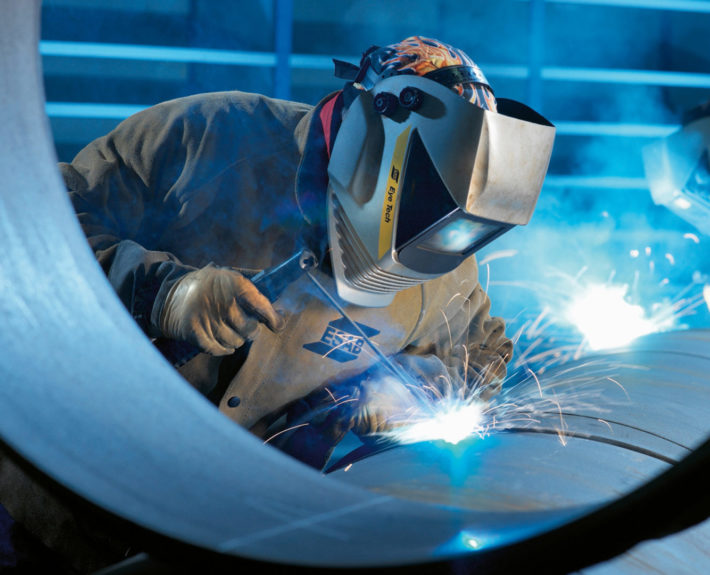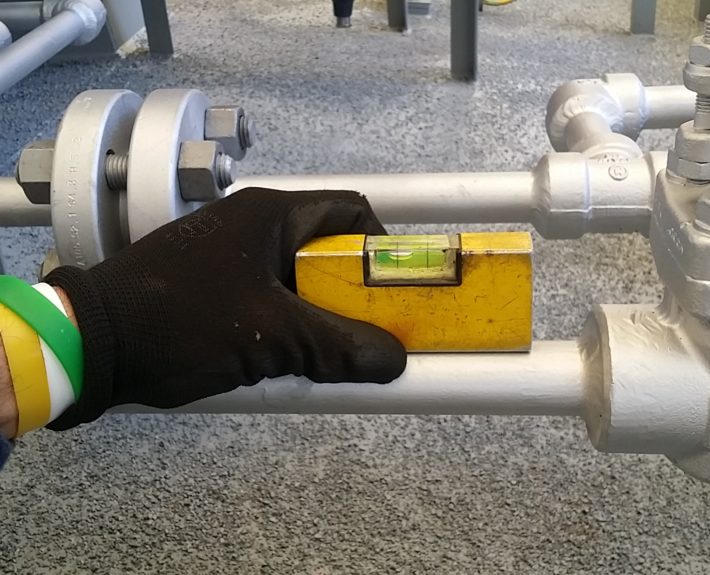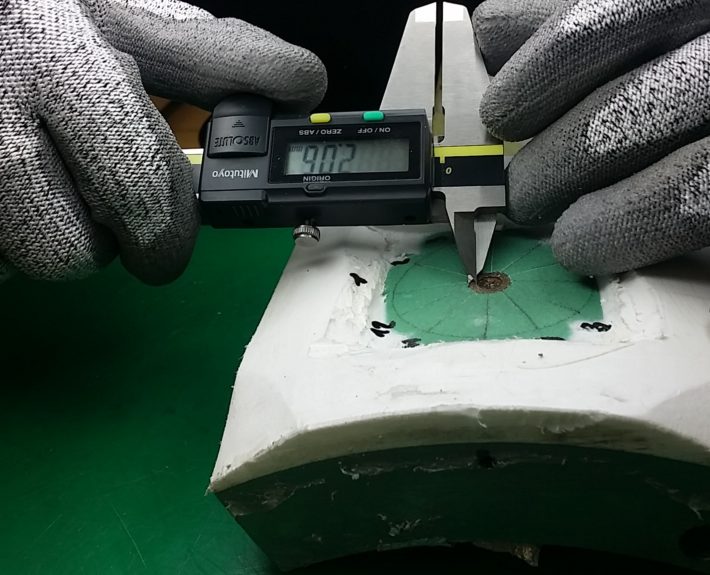WELDING INSPECTION
Weld inspections are conducted for several reasons, the most common of which is to determine whether the weld is of suitable quality for its intended application. To evaluate the quality of a weld, you must first have criteria to which you can compare the weld's characteristics. Codes and standards developed specifically for a variety of welding fabrication applications are used during welding inspections to dictate what levels of weld discontinuities are acceptable. It is important to choose a welding standard that is intended for use within your industry or application.
Quality acceptance criteria can originate from several sources. The welding fabrication drawing or blueprint will typically provide sizes and other dimensional information, such as length and location of welds. These dimensional requirements are typically established through design calculations or are taken from proven designs known to meet the performance requirements of the welded connection.
The role of a welding inspector
Welding inspection requires a wide variety of knowledge on the part of the inspector, including an understanding of welding drawings, symbols, and procedures; weld joint design; code and standard requirements; and inspection and testing techniques.
For this reason, many welding codes and standards require that the welding inspector be formally qualified. There are several welding inspection training courses and certification programs available. The most popular programs used in Europe are the International Welding Inspector (IWI) and CSWIP (TWI). Our welding inspectors are certified as per above mentioned programs and they have demonstrated their knowledge through a welding inspection exam.



